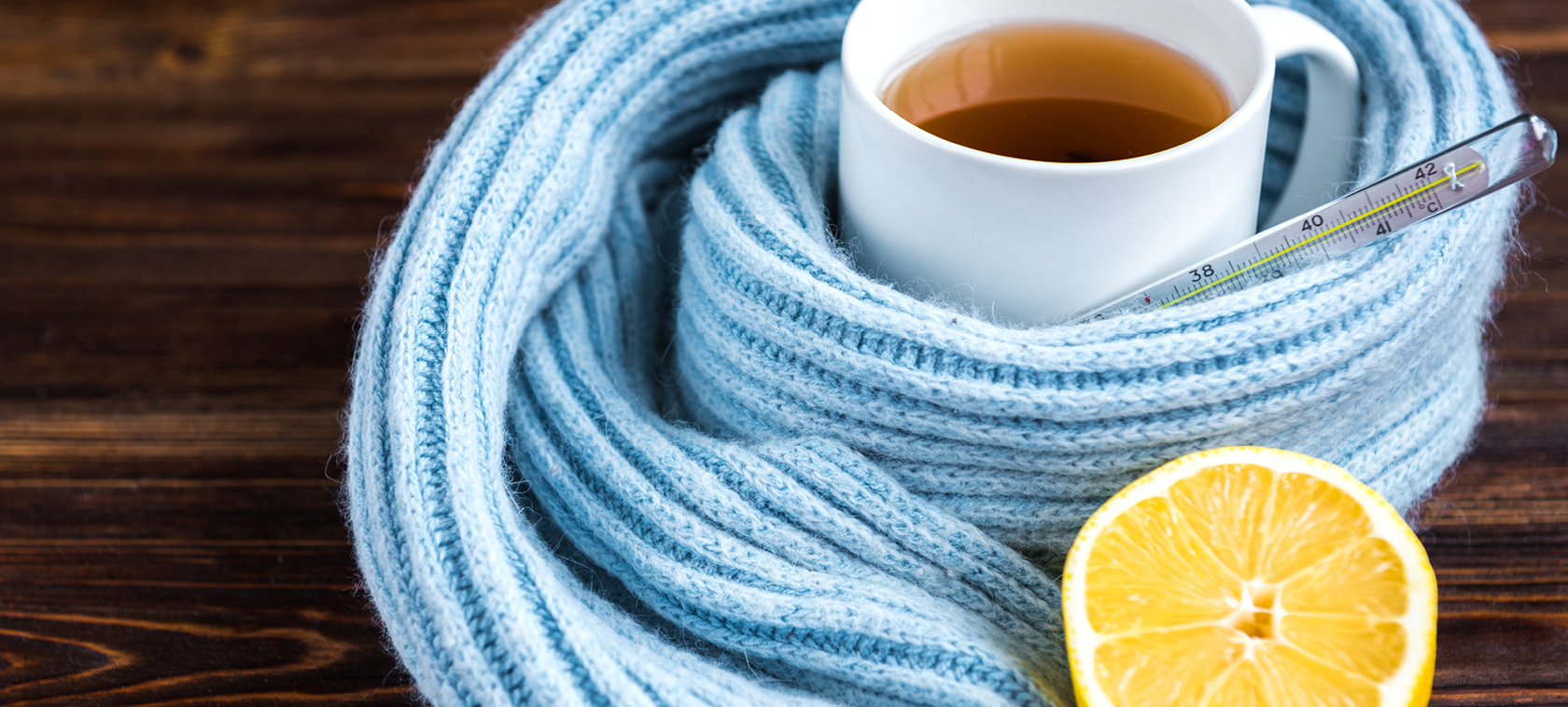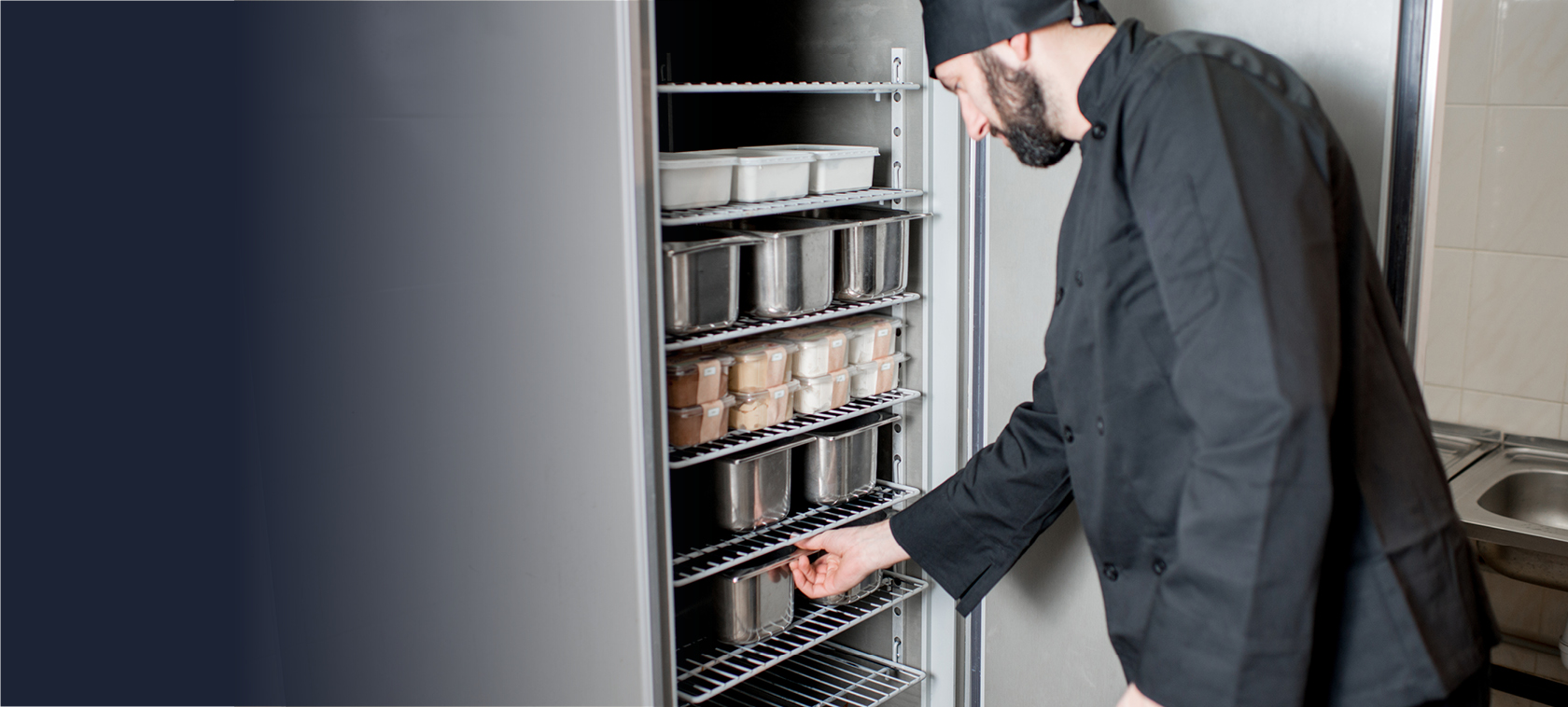Bedbugs (Cimex lectularius) are on the rise. Just last week the Caterer reported that London hotels are facing a highly resistant bedbug rampage, due to the increase in travel, and unsuspecting guests bringing the bedbugs along in their luggage. Hoteliers have been advised to be vigilant and look for the tell-tale signs of a bedbug infestation. Hotels are particularly susceptible to an infestation due to the constant changeover of guests. A spokesman from JP Pest Control told the newsletter “bed bugs are very difficult to kill. It is thought that bedbugs have become resistant to commonly used insecticides so shop-bought products may not be effective, as they can mutate, if they are subjected to non-lethal doses which makes them much harder to deal with”.
As pest control advice is often sought from our Helpline, and with many of our clients in the hospitality industry, this week we discuss the tell-tale signs and what to do in the event of identifying their unwanted presence in your premises.
The blood-sucking pests commonly hide in the cracks and crevices surrounding beds. Seeking fabric and wood, they thrive on body heat and carbon dioxide, and feast on sleeping humans’ blood at night. But don’t be alarmed, they are not attracted to dirt – so their presence is not an indication of cleanliness at your premises.
The presence of any pests must be identified before a pest control treatment can begin. This is essential to protect non target species and reduce pesticide use. It is also more cost effective as monitoring is cheaper than treatment. The wrong chemical control can be ineffective, which may delay a satisfactory outcome. Although hugely annoying, bedbugs aren’t dangerous, with itching from bites being the most common indication that you’ve been subjected to their company. Whilst similar to the symptoms of mosquito bites and other lice and ticks, bedbug bites tend to occur in straight lines.
What to watch out for?
- Live/dead bedbugs, cast nymphal cuticle, hatched/unhatched eggs
- Blood spotting
- Black spots (dried faeces)
- Bites or skin rash
- Presence of musty odour
Earlier this year, to the public’s dismay, what should have been an enjoyable flight to a desirable destination turned out to be a very itchy journey! A British Airways flight experienced an outbreak of bedbugs which resulted in the plane being taken out of service. One passenger reported to have been bitten at 30,000ft and others saw the bugs and their eggs. A spokesman told Telegraph Travel that “the presence of bed bugs is an issue faced occasionally by hotels and airlines all over the world. British Airways operates more than 280,000 flights every year, and reports of bed bugs on-board are extremely rare. Nevertheless, we are vigilant about the issue and continually monitor our aircraft.”
In an article by BBC News in April this year, scientists revealed that bedbugs have a strong preference for particular colours. They conducted a series of laboratory experiments which involved placing the bugs in dishes with different colour card shelters. Interestingly, they were attracted to red-like colours and avoided yellow, green and black. Scientists suggest this factor could be used to tackle the bothersome pests by creating traps to lure and catch the creatures.
So if you want to avoid an infestation? Buy yellow/green sheets!
Nevertheless, we do understand that yellow or green sheets aren’t a popular bedding choice, so here is the Shield Safety Group’s Helpline Team’s more conventional action plan – for both pre and post-treatment. As with any pest control issue always seek professional help. It can save you time, money, loss of revenue and get a quicker, more effective solution to your problem. Here’s what the treatment should involve:
- Under no circumstances should you remove bed linen from the room without it being sealed in a plastic bag (thick and hard to tear e.g. heavy duty bin bag with a cable tie to seal the bag. This will then prevent any insects escaping. Bedding and Pillows need to be washed at 60 degrees to kill any eggs, nymphs (baby bed bugs) and adults.
- Spray the mattress with special attention being given to seams. Set aside any features like buttons to dry and spray the bed base inside and out. This will probably mean cutting the thin plastic covering on the base to allow access, however it is necessary to gain access for effective treatment.
- If possible, remove head boards for easy treatment, again paying special attention to features e.g. buttons folds, pleats etc.
- Spray the entire room and do not vacuum for at least 24 hours.
- Leave the room post treatment so the insecticide can dry. If this is a well-established infestation, re-spray the beds and the room again.
- Established bed bug infestations can migrate to adjoining rooms by crawling through wall or floor cavities, so for a full treatment, ensure that you treat adjacent areas. Once the room has dried if you find no further activity then the you can return the room to normal service.
Are you in the hospitality industry? Our Helpline Team can provide you with the advice you need to tackle the troublesome insects. To access the full Helpline Service or for more information on our other services, get in touch today on 0203 740 3744 or visit our homepage
The information contained in this blog article has been created for marketing purposes and is not official guidance and should not be used as a substitute for official Food Safety, Fire Safety and Health & Safety advice. Shield Safety take no responsibility if the information in the blog article is used to form part of a safety management system or used to form part of any legal or regulatory compliance for your business. For official guidance and to engage with Shield Safety services please do call our team on 020 3740 3744 or email hello@shieldsafety.co.uk.



